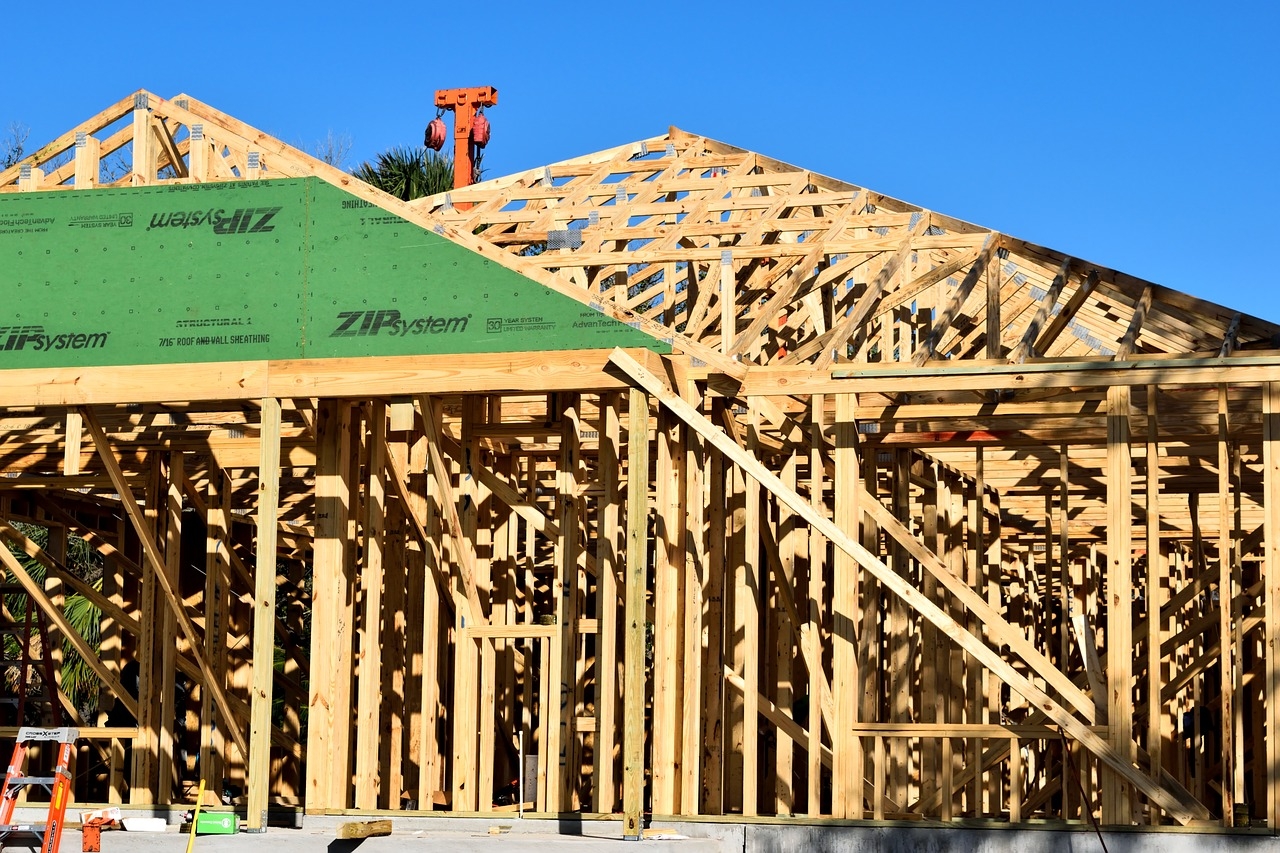The California Building Standards Commission has signed off on the residential solar mandate—a first of its kind for the nation.
The California Energy Commission passed the measure in May as an update to the state’s 2019 Title 24, Part 6, Building Energy Efficiency Standards. On Wednesday, the California Building Standards Commission (CBSC) signed off on the plan — a first of its kind for the nation.
The new standards require that all new homes under three stories high install solar panels starting January 1, and that solar systems must be sized to net out the annual kilowatt-hour energy usage of the dwelling. The codes also incentivize “demand-responsive technologies,” including battery storage and heat pump water heaters. Combined with a host of other energy-efficiency upgrades, the revised building codes are expected to slash energy use in new homes by more than 50 percent.
“It’s officially official. Solar will be required on new California homes starting in 2020,” said Kelly Knutsen, director of technology advancement for the California Solar & Storage Association. “These highly energy-efficient and solar-powered homes will save families money on their energy bills from the moment they walk through their front door.”
For many in the Golden State, the solar roof mandate came as a surprise, as building codes aren’t a typical venue for solar policy. The rules have been in the works for some time, however, and the CBSC vote today confirms that the correct process was followed to increase clean energy requirements under California’s Building Energy Standards.
Over the past three years, the California Energy Commission (CEC) performed an in-depth analysis on the new rules and gathered official public input from all relevant stakeholders, including utilities, homebuilders, solar companies, the lighting industry and others. The analysis found that requiring solar would be cost-effective in all climate zones of the state, and that homeowners would save $40 each month, or roughly $500 per year, due to the new rules. The codes are expected to add around $40 per month to a typical mortgage payment, but the costs are outweighed by an expected $80 per month in energy savings.
The codes are ambitious and present new challenges for the homebuilding industry. Robert Raymer, technical director at the California Building Industry Association, said that his members had been hoping the CEC would delay the solar mandate, giving the industry more time to prepare. Homebuilders failed to push back implementation, but succeeded in pushing down the cost of compliance and adding flexibility measures to the rules.
“We wish the CEC would have waited another three to four years, but the fact is they started working on this back in 2008 and the last three [building code] updates in 2010, 2014 and 2017 were all adopted with the trajectory to try to get us as close to net-zero energy by 2020 as possible,” he told GTM in May.
While the codes can no longer be materially changed, homebuilders will continue to work with the CEC, as well as utilities, solar companies and other stakeholders, to put the new rules in place. There are still a lot of unanswered questions around electricity rates, business models, financing options and more (GTM has reported in depth on the details of the solar mandate and next steps).
One thing is for sure: The new codes are a win for California’s solar sector.

An analysis conducted on behalf of the CEC by Energy and Environmental Economics found that statewide construction of single-family homes is projected to amount to 74,154 units in 2020, the first year of compliance. Assuming the same number of single-family homes are built over that period, Wood Mackenzie Power & Renewables (formerly GTM Research) says solar sales are expected to increase 14 percent over a four-year timeframe. That amounts to an upside of nearly 650 megawatts-DC compared to WoodMac’s base-case forecast for the residential solar segment.
When multifamily homes are factored in, the total number of new dwellings increases to around 130,000 units in 2020, according to the CEC.
The solar industry currently installs around 150,000 solar systems each year on new and existing homes in California. Today, only 15,000 of those projects are on new dwellings. Starting in 2020, the new home solar market will see an exponential increase.
This article was originally written by Julia Pyper and appeared here.





Comment (0)